Sauerkraut, a fermented cabbage dish, has been a staple in various cuisines for centuries due to its tangy flavor and impressive shelf life. While refrigeration is the most common method to store it today, there are traditional techniques that can preserve sauerkraut without the need for modern appliances. These methods are particularly useful for those looking to maintain a sustainable lifestyle or when access to refrigeration is unavailable. This guide explores the key aspects of how to store sauerkraut without refrigeration.
Importance of Proper Storage to Prevent Spoilage
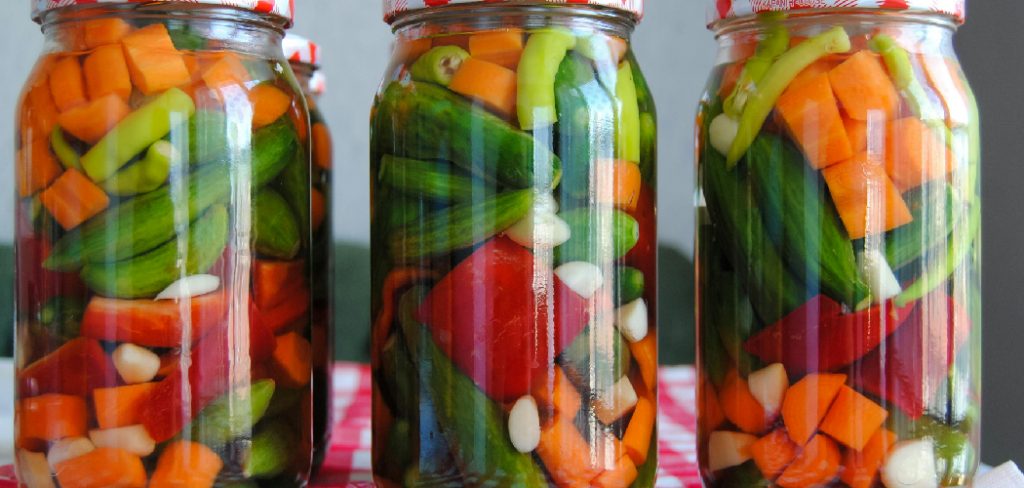
Proper storage is essential to maintain the quality and safety of sauerkraut, especially when refrigeration is not an option. Fermented foods like sauerkraut can spoil if exposed to improper conditions, leading to the growth of harmful bacteria or mold. To avoid this, it is critical to ensure the sauerkraut remains submerged in its brine, as the salty, anaerobic environment inhibits the growth of spoilage organisms. Additionally, keeping the storage container in a cool, dark, and stable environment minimizes temperature fluctuations and prevents degradation of the product. Proper storage not only extends the shelf life of sauerkraut but also preserves its distinctive flavor and nutritional benefits, ensuring a safe and enjoyable food supply.
Understanding Sauerkraut Fermentation and Preservation
Sauerkraut’s longevity and unique flavor are largely attributed to the natural fermentation process it undergoes. Fermentation occurs when naturally present lactic acid bacteria convert the sugars in cabbage into lactic acid. This process not only gives sauerkraut its characteristic tangy taste but also acts as a natural preservative by creating an acidic environment that inhibits the growth of harmful microorganisms.
The brine, created by salting the cabbage, is a critical element of this process. It not only draws out moisture from the cabbage but also forms a barrier to protect the fermenting food from oxygen exposure. Without oxygen, spoilage organisms are unable to thrive. To preserve the sauerkraut effectively, maintaining this anaerobic environment is essential. Properly fermented and stored sauerkraut can remain safe and flavorful for months or even years, proving why fermentation has been such a reliable preservation method throughout history.
10 Methods How to Store Sauerkraut without Refrigeration
1. Store in a Root Cellar
A root cellar provides a naturally cool and stable environment, ideal for storing sauerkraut. The temperature in a root cellar typically remains between 32°F and 50°F (0°C and 10°C), which slows fermentation while maintaining the kraut’s probiotic properties. To store, place sauerkraut in airtight jars or crocks and keep them in a dark, well-ventilated area within the root cellar.
2. Keep in a Fermentation Crock
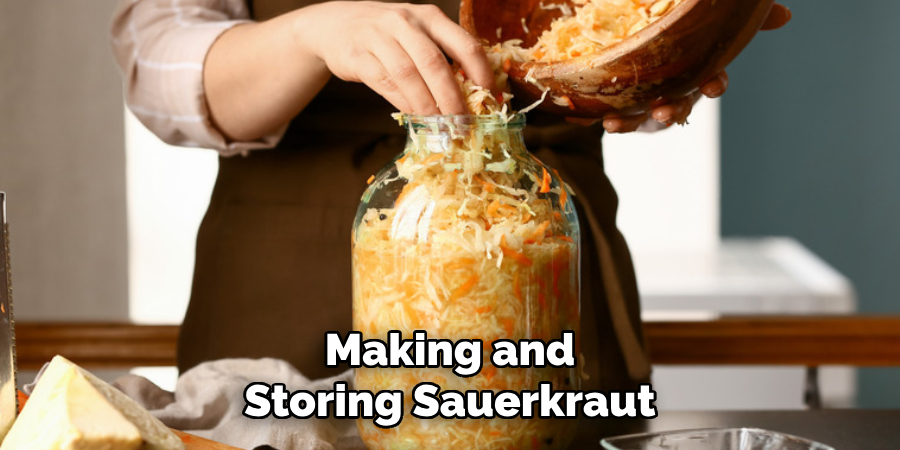
A fermentation crock, traditionally used for making and storing sauerkraut, allows the kraut to continue fermenting slowly while keeping it fresh. Using a weight to submerge the sauerkraut under its brine helps prevent spoilage. Keeping the crock covered with a breathable cloth or a lid with an airlock ensures protection from contaminants while allowing gases to escape.
3. Submerge in Brine for Preservation
Sauerkraut stays fresh as long as it is fully submerged in its brine. If liquid levels drop due to evaporation, adding a saltwater brine (1 tablespoon of salt per cup of water) will help prevent mold and spoilage. Keep the container covered with a fermentation lid or cheesecloth to maintain airflow and prevent contamination.
4. Use an Airtight Glass Jar
Glass jars with airtight seals can effectively preserve sauerkraut without refrigeration. Once packed into jars, ensure the cabbage remains submerged in brine and the jar is sealed tightly. Store the jars in a cool, dark place such as a pantry, basement, or cupboard to slow fermentation and keep the sauerkraut fresh for months.
5. Bury in the Ground for Traditional Storage
Burying sauerkraut underground is an ancient method of preservation. This technique involves placing tightly sealed ceramic or glass containers in a hole dug into the earth. The soil provides natural insulation, maintaining a stable temperature to prevent spoilage. Be sure to cover the containers securely to protect against pests and environmental factors.
6. Use a Cool Basement or Pantry
A basement or pantry with a stable temperature between 50°F and 60°F (10°C and 15°C) is another excellent option for storing sauerkraut. Ensure the area is dark and well-ventilated to prevent excess moisture buildup. Keeping the sauerkraut in glass jars, fermentation crocks, or food-grade plastic containers helps maintain its freshness.
7. Wax-Seal Jars for Long-Term Storage
Wax-sealing is an old-fashioned method of preserving food without refrigeration. To store sauerkraut this way, pour melted paraffin wax over the brine in the jar, creating an airtight seal. This technique prevents air exposure, helping to maintain the quality of the kraut. When ready to consume, simply break the wax seal and enjoy.
8. Dry the Sauerkraut for Dehydration Storage
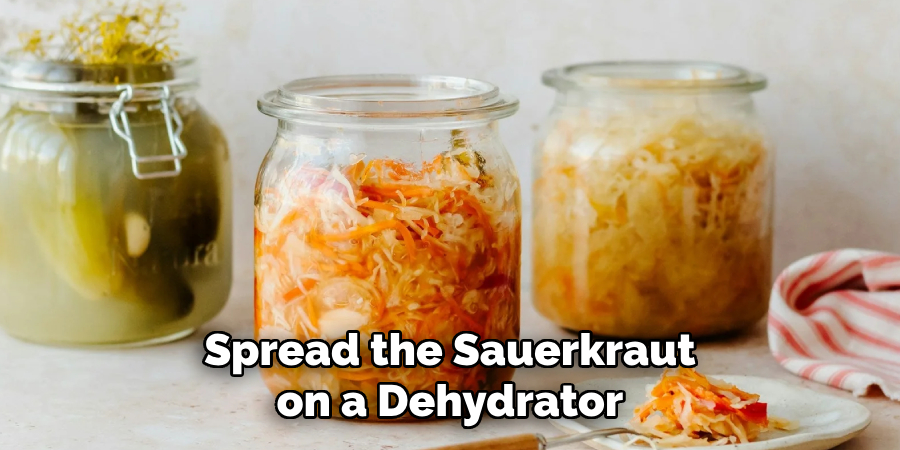
Dehydrating sauerkraut extends its shelf life without refrigeration. Spread the sauerkraut on a dehydrator tray and dry it at a low temperature (around 115°F or 46°C) until completely dried. Store the dehydrated kraut in airtight containers or vacuum-sealed bags. When ready to use, rehydrate by soaking it in warm water.
9. Store in Food-Grade Plastic Buckets
Large quantities of sauerkraut can be stored in food-grade plastic buckets with tightly fitting lids. These buckets keep the kraut airtight and prevent exposure to contaminants. Keep the bucket in a cool, dark place, ensuring the cabbage remains submerged in its brine to maintain freshness and avoid spoilage.
10. Ferment in a Barrel for Bulk Storage
For large-scale storage, fermenting sauerkraut in a wooden barrel is an effective traditional method. The barrel should be lined with food-safe plastic or wax to prevent unwanted bacterial growth. A weighted plate or lid keeps the kraut submerged, ensuring long-term preservation. Keep the barrel in a cool, shaded area to maintain the fermentation process at a slow, steady pace.
Things to Consider When Storing Sauerkraut Without Refrigeration
Proper storage of sauerkraut without refrigeration requires careful attention to a few key factors to ensure its safety, taste, and longevity. Here are the most important considerations:
Maintain an Anaerobic Environment
Ensuring the sauerkraut is fully submerged in brine is critical to prevent the growth of spoilage microorganisms. Use weights, fermentation lids, or airtight seals to keep the kraut beneath the liquid surface.
Choose the Right Container
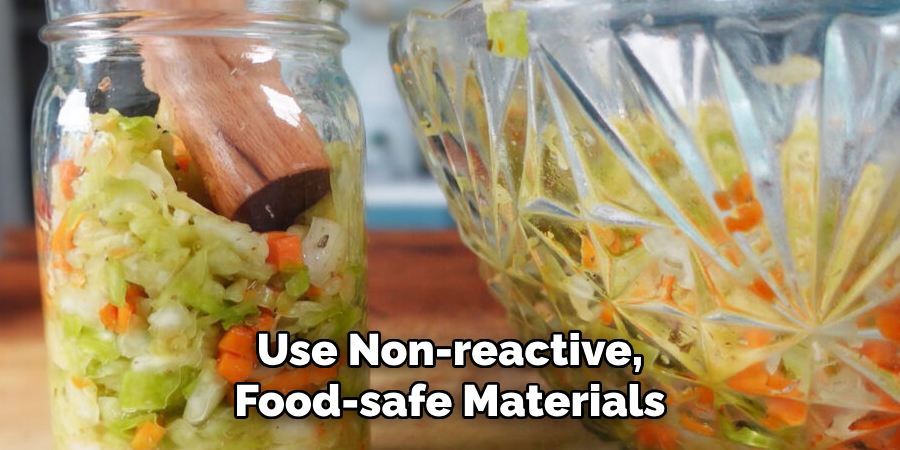
Use non-reactive, food-safe materials such as glass, ceramic, or food-grade plastic. Avoid metal containers that can corrode or react with the acidic brine, as this could affect the flavor and safety of the sauerkraut.
Monitor Temperature
Sauerkraut stores best in cool and stable environments. Aim for a temperature between 32°F and 60°F (0°C and 15°C) to slow fermentation and preserve the kraut’s quality. Excessively warm conditions can lead to over-fermentation and spoilage.
Protect From Light and Air
Light exposure can degrade the color and quality of sauerkraut over time, while air exposure increases the risk of mold or yeast growth. Store sauerkraut in a dark space and use airtight lids or cloth covers to protect it.
Check Brine Levels Regularly
Over time, brine levels may drop due to evaporation or absorption by the cabbage. It’s essential to maintain proper brine coverage by adding more saltwater if necessary. A 2-3% brine concentration (about 1-2 tablespoons of salt per quart of water) is ideal.
Common Mistakes to Avoid
When storing sauerkraut without refrigeration, it’s crucial to avoid common pitfalls that can compromise its quality and safety. Here are some mistakes to watch out for:
1. Using Reactive Containers
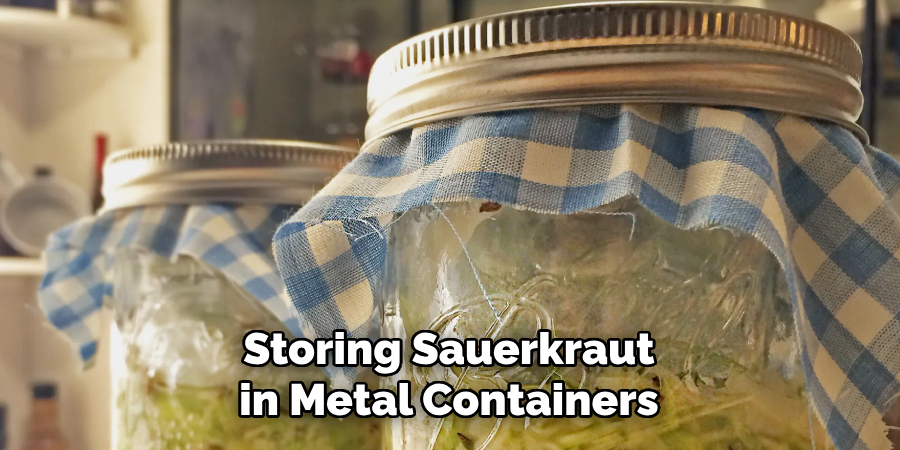
Storing sauerkraut in metal containers, especially those not lined with a food-safe coating, can lead to chemical reactions with the acidic brine. This not only affects the flavor but may also release harmful substances into the kraut. Always opt for glass, ceramic, or food-grade plastic containers.
2. Allowing Air Exposure
Failing to keep the sauerkraut submerged in brine or using containers without proper seals can result in air exposure. This encourages the growth of unwanted mold or harmful bacteria. Ensure airtight protection and use weights or lids to keep the kraut fully submerged.
3. Storing at Incorrect Temperatures
Exposing sauerkraut to fluctuating or excessively warm temperatures accelerates fermentation and increases the risk of spoilage. Always aim for a cool, stable environment to maintain its texture, taste, and safety.
4. Overlooking Brine Levels
Not monitoring brine levels can lead to parts of the cabbage drying out and becoming susceptible to contamination. Regularly check the brine and top off with saltwater to ensure full coverage.
5. Ignoring Signs of Spoilage
Failing to inspect sauerkraut for visible mold, strange colors, or off-odors can result in consuming spoiled kraut. Always act promptly at the first sign of spoilage to prevent any health risks.
Conclusion
Storing sauerkraut without refrigeration is both practical and achievable with the right methods and precautions. By ensuring proper fermentation, maintaining an anaerobic environment, and selecting appropriate containers and storage conditions, you can enjoy the distinctive taste and health benefits of sauerkraut for months. Whether you choose traditional techniques like barrel storage or modern options like vacuum sealing, the key is consistency and attention to detail. Thanks for reading, and we hope this has given you some inspiration on how to store sauerkraut without refrigeration!
Professional Focus
Angela Ervin, a former interior designer turned blogger, specializes in kitchen design and renovations. Through her website, she blends her passion for cooking with design expertise, sharing practical and creative ideas. Known for balancing functionality and beauty, Angela’s insightful content has made her a trusted voice in home design and lifestyle.
About the Author
Angela Ervin, an experienced interior designer and blogger, combines her passion for kitchen renovations with storytelling. Living in Petersburg with her family, she enjoys cooking and testing her projects firsthand. Known for her humor and relatable style, Angela shares creative, functional design insights through her content, making her a trusted voice in home design.
Education History
University: Virginia Commonwealth University
Degree: Bachelor of Fine Arts (BFA) in Interior Design
- Angela’s education at VCU focused on mastering core interior design principles, including spatial planning, color theory, materials selection, and sustainable design practices.
- She gained hands-on experience through studio projects and collaborative design exercises, which honed her ability to create functional and aesthetically pleasing environments.
- Her coursework also emphasized problem-solving and practical applications of design, preparing her for real-world projects like her self-directed kitchen renovations.
- The program’s strong foundation in both technical skills and creative expression shaped Angela’s ability to seamlessly integrate form and function in her work.


